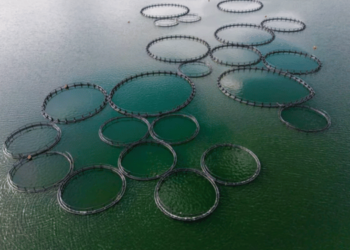Revolution against illegal fishing. A genetic test reveals everything in a few hours – The future of illegal fishing control passes through genetics. In the United States, fisheries officials are about to equip themselves with a revolutionary technology: a rapid PCR device, capable of identifying over 100 species of fish in a matter of hours right at the docks. This means not only an unprecedented crackdown on illegal, unreported and unregulated fishing, but also a real chance to reduce food fraud that still undermines the transparency and traceability of the global fish supply chain.
Behind this innovation are NOAA’s Office of Fisheries Law Enforcement and Florida International University, which developed and tested the device under real-world conditions. Last November, during a test at the Port of Newark, the device already proved its potential, leading to the detection of more than 27 tonnes of illegally caught or mislabelled fish. A result that speaks for itself and anticipates a step change in the management of fish imports into the United States.
Today, without this tool, correctly identifying species requires rough visual inspections and, in doubtful cases, sending samples to specialised laboratories. A time-consuming process that slows down the movement of goods and leaves room for error. With the new PCR device, on the other hand, just a few samples fed into the system are enough to obtain reliable results in real time. The secret lies in the genetic markers: each species reacts chemically in a unique way, allowing inspectors to unmask fraud or violations directly in the field.
The device also promises to strengthen the SIMP, the Fish and Seafood Import Monitoring Programme, already active in the US to ensure the legality of imports of high-risk species such as tuna. We are talking about huge numbers: in 2023 alone, more than 773,000 tonnes of seafood products worth $6.43 billion transited the US through the SIMP, with tuna alone accounting for about half of the total. Improving controls means not only ensuring the legality of the product, but also protecting a strategically valuable market.
The ultimate goal is to make these genetic tests increasingly accessible, so that they become an integral part of routine procedures at ports and inspection points. With this technological evolution, the United States aims to become a leader in fish traceability, sending a strong message to international markets as well: those who focus on transparency will always have a competitive advantage.
Revolution against illegal fishing. A genetic test reveals everything in a few hours









